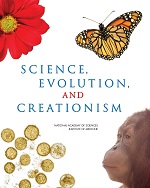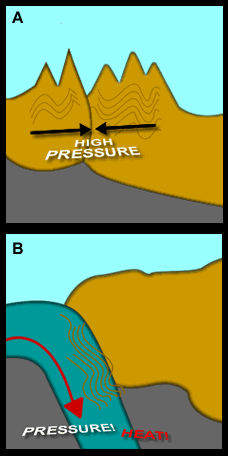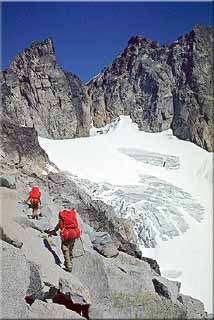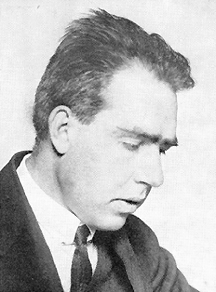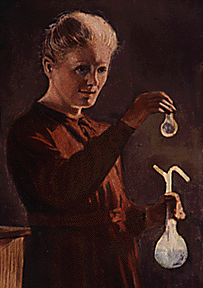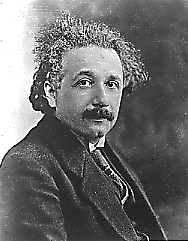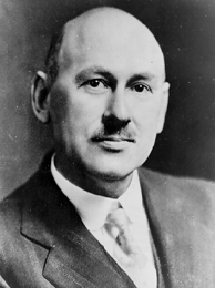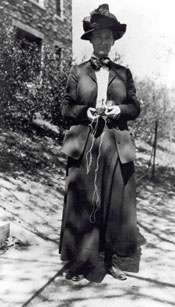
Florence Bascom Papers, Sophia Smith Collection, Women's History Archives at Smith College
Florence Bascom
Florence Bascom (1862-1945) was one of the first female geologists in the United States and her colleagues regarded her as one of the nationís most important geologists. In 1896 she was the first woman hired by the U.S. Geological Survey. But she is better known for her work at Bryn Mawr College where she founded one of the best college geology departments in the country.
Bascom was an expert in the study of mineral crystals. She studied their properties by looking at them under a microscope, a science called petrography. She also studied metamorphic rocks, how mountains like the Appalachians were formed, and how the rocks that make up mountains erode over time.
It wasnít easy for a woman to study for advanced degrees in the United States at that time, but that didnít stop Florence Bascom! She earned two bachelorís degrees and a masterís degree from the University of Wisconsin and then earned a Ph.D. in geology from Johns Hopkins University. She was the second woman to ever earn a Ph.D. in geology in the United States. When Florence enrolled in the University of Wisconsin in 1877, female students were only allowed to use the library and gymnasium at certain times, and were not allowed to enter a classroom filled with men. In 1889, Florence was permitted to take graduate school classes at Johns Hopkins University but had to sit behind a screen during classes so that she did not disrupt the male students.
Florence started teaching geology at Bryn Mawr college in 1895. She developed a collection of minerals, rocks, and fossils for the college and influenced many generations of students. She was very proud of her studentsí success over several decades. In 1931 she wrote to a fellow professor, "I have considerable pride in the fact that some of the best work done in geology today by women, ranking with that done by men, has been done by my students. . . . these are all notable young women who will be a credit to the science of geology."





